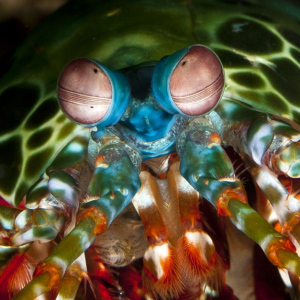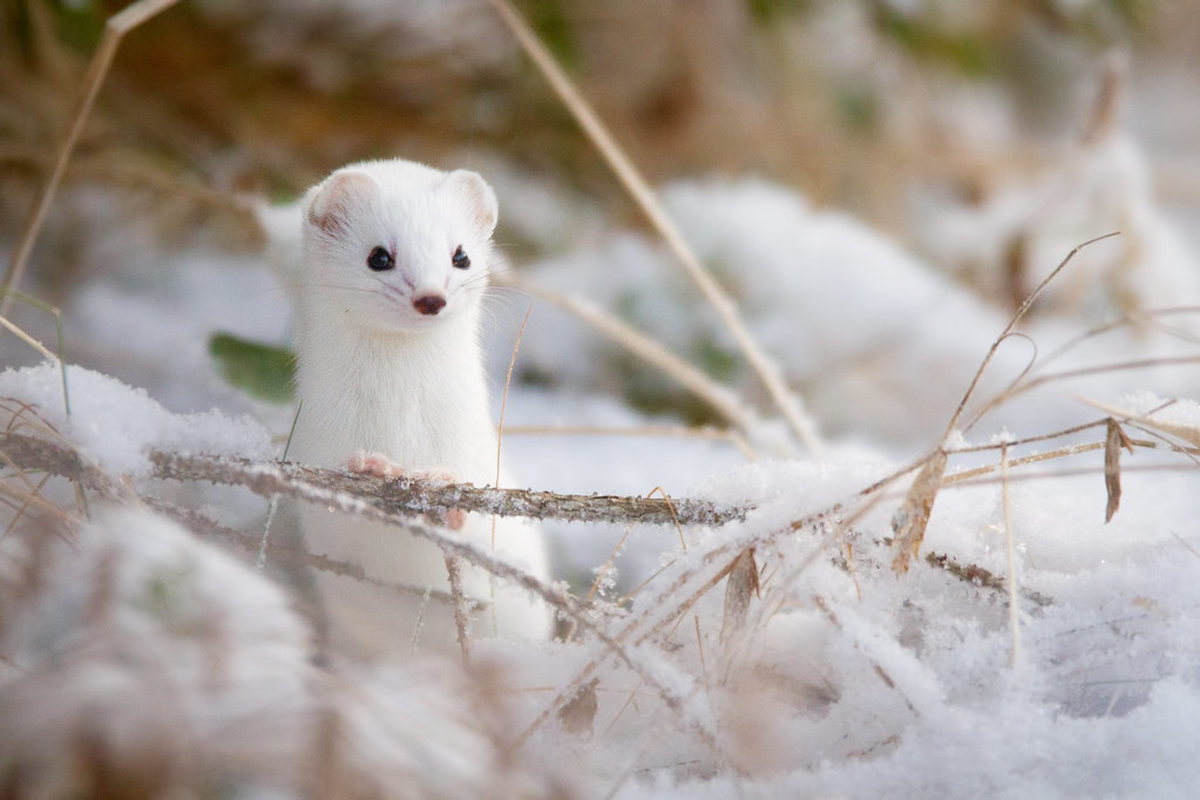
1. Weasel: Weasel is one of the small but very active and intelligent predators.

This animal lives mainly in forests and grasslands across the Northern Hemisphere. Among the three color-changing weasel species are the smallest weasel (Mustela nivalis), long-tailed weasel (Mustela frenata), and short-tailed weasel (Mustela erminea). In the summer, weasels have reddish-brown fur with a white belly, but when winter comes, their fur turns completely white, leaving only a black tip at the end of the tail. This change helps weasels effectively camouflage in the snow, hunt stealthily and avoid the pursuit of predators such as owls, hawks and foxes.
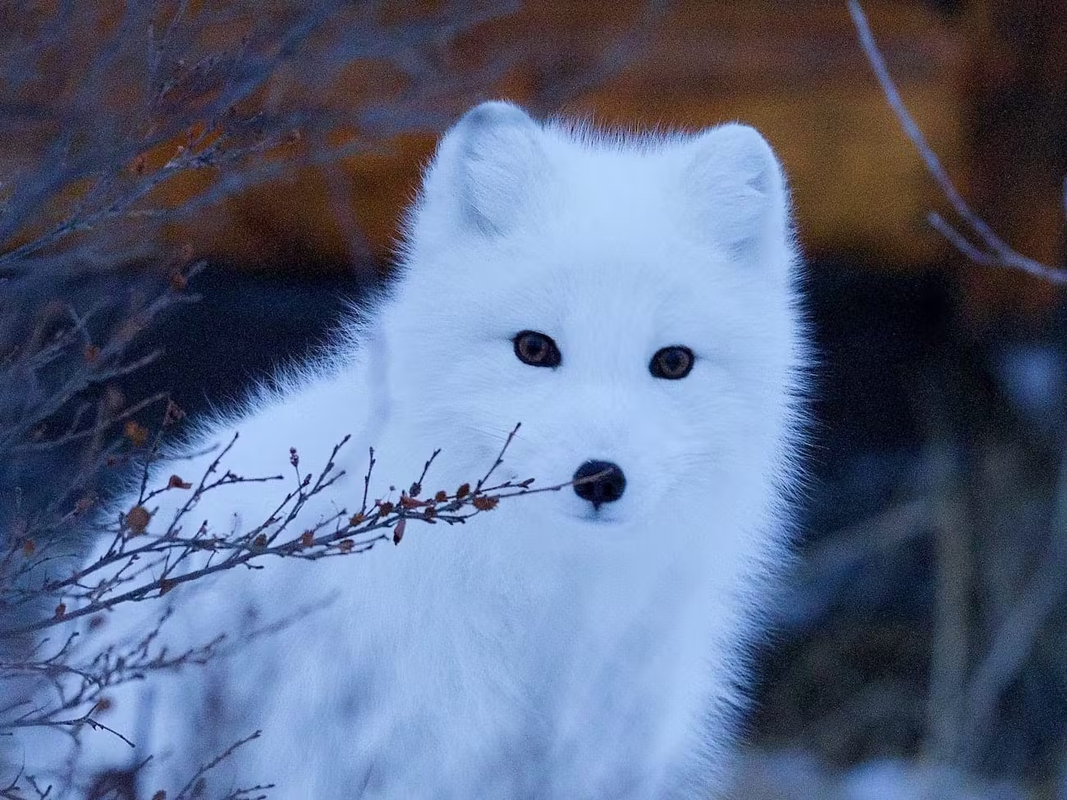
2. Arctic fox: The Arctic fox (Vulpes lagopus) is one of the typical inhabitants of the Arctic tundra, where temperatures can drop very low and summers are very short.
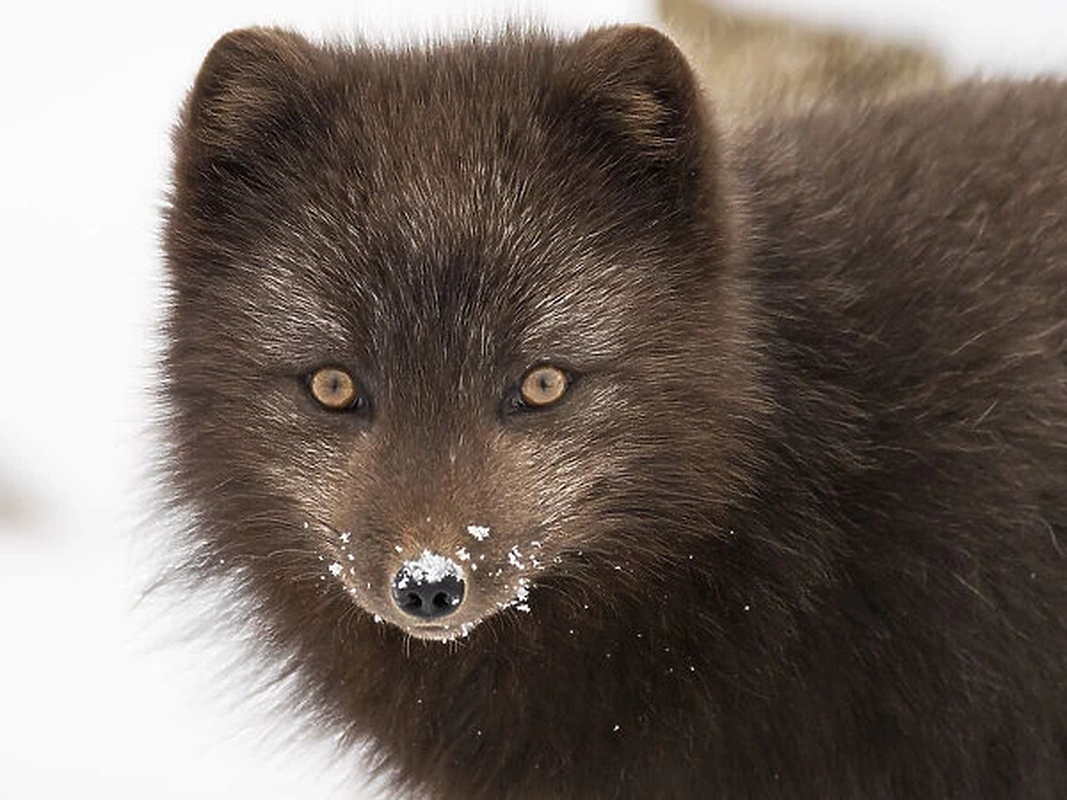
During the summer, Arctic foxes have light gray and thin fur, but when winter comes, they put on fur that is thick and white as snow. This layer of fur not only helps Arctic foxes perfectly camouflage themselves, but also keeps their bodies warm, protecting them from the harsh cold of the tundra.
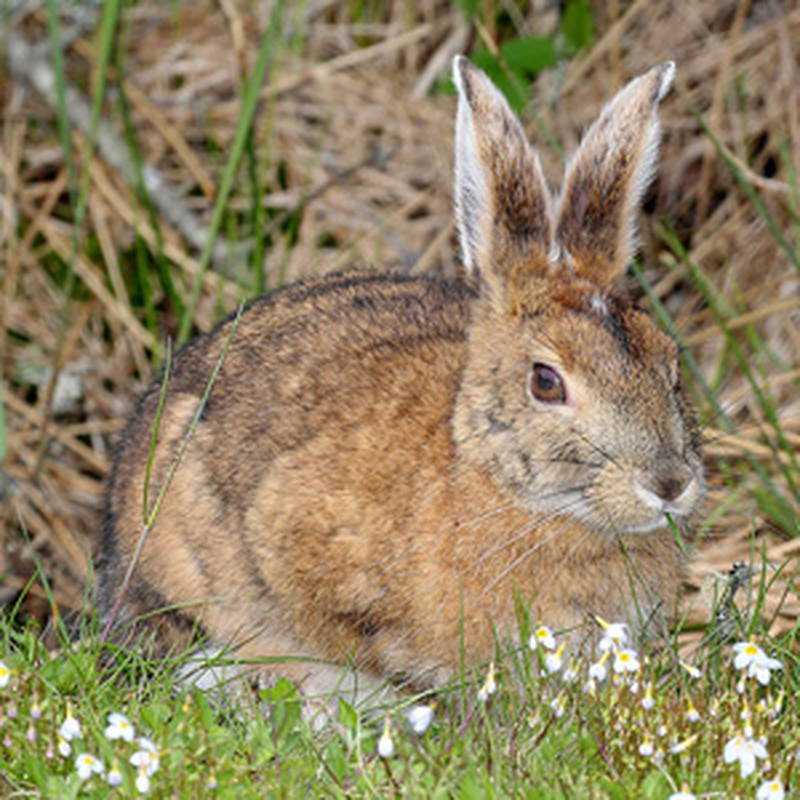
3. Hares: Of the more than 40 known species of rabbits, only six change color in winter, including snowshoe hares (Lepus americanus), arctic hares (Lepus arcticus), and mountain hares (Lepus timidus) ).
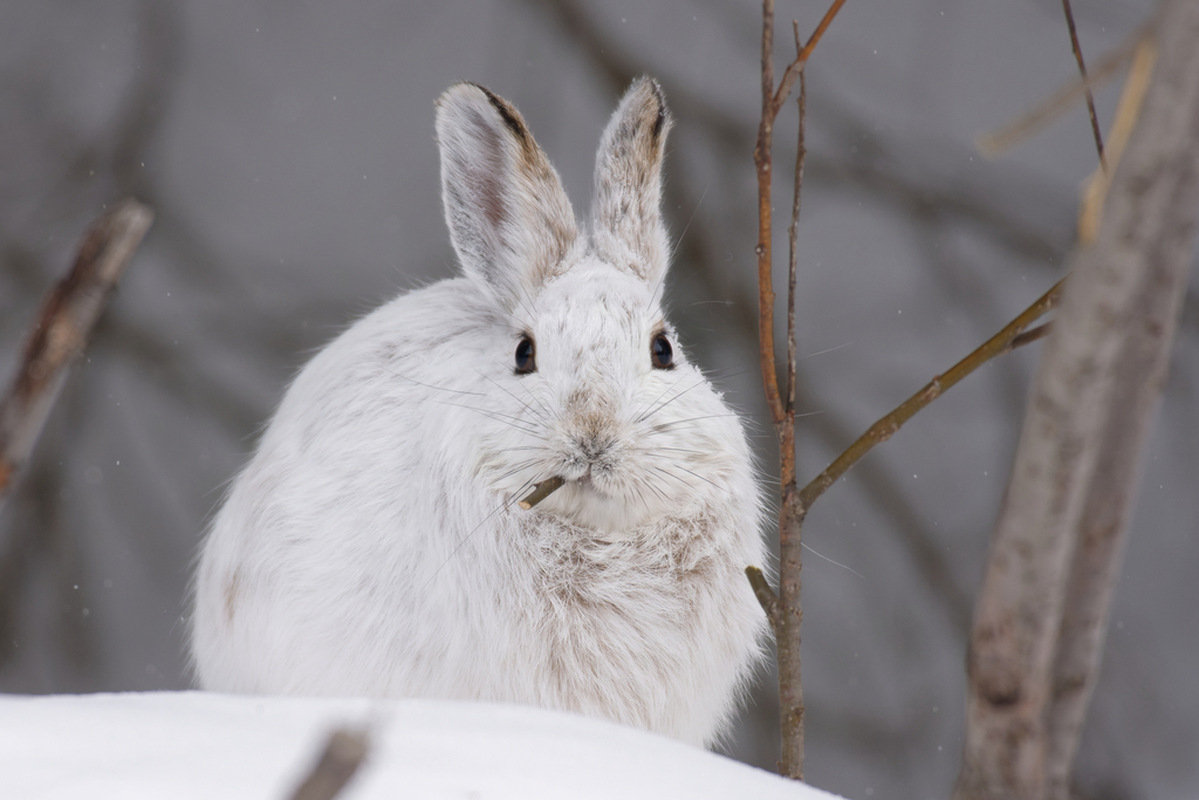
Snowshoe rabbits, named for their large, furry feet, live primarily in Canada and the northernmost regions of the United States. In spring and summer, they have dark gray and brown fur that helps them blend into the dirt and rocks. When winter comes, their fur gradually turns white, helping them perfectly camouflage in the snow.

4. Peary Reindeer: Peary reindeer (Rangifer tarandus pearyi) is a special species of reindeer found only in the Canadian Arctic archipelago. They are able to move through deep waters between small islands and graze on grass and moss. Peary reindeer have two layers of fur: a thick layer of hair and a layer of longer, finer hair called guard hair. The outer layer of fur is hollow to trap warm air inside, insulating and protecting the thick fur underneath.
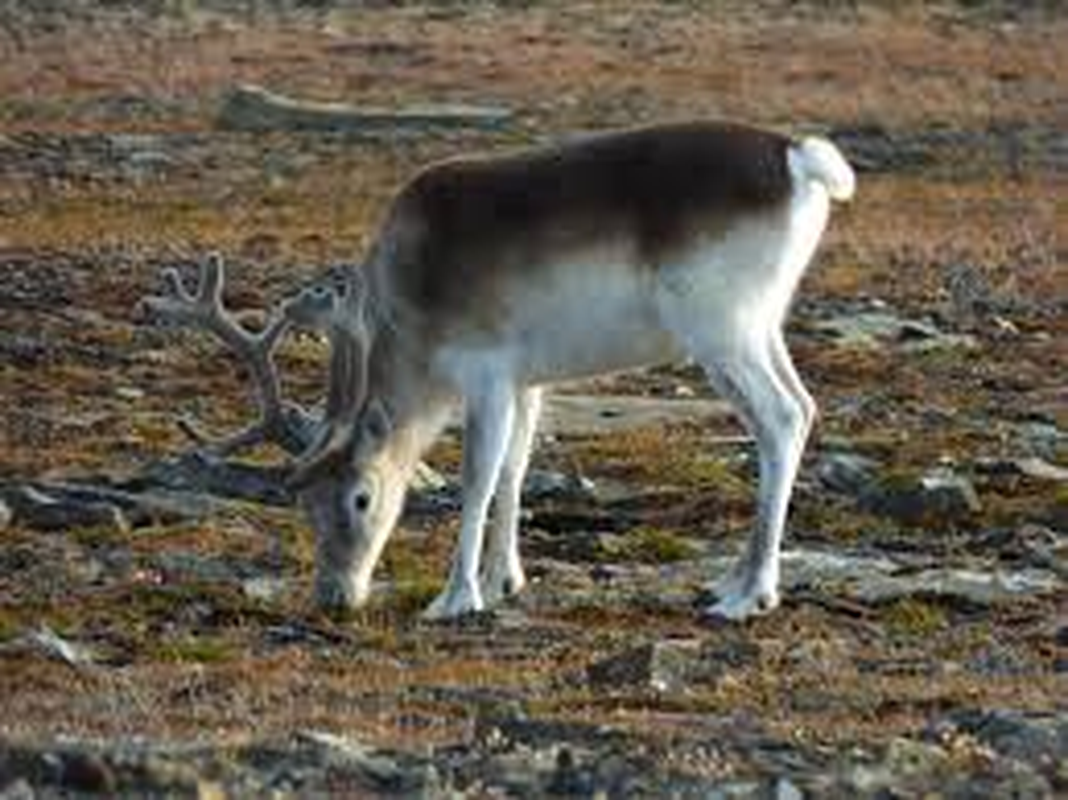
In the summer, their fur is stone gray and light brown, but in the winter, they turn completely white, helping them camouflage in the snow and keep their bodies warm.




